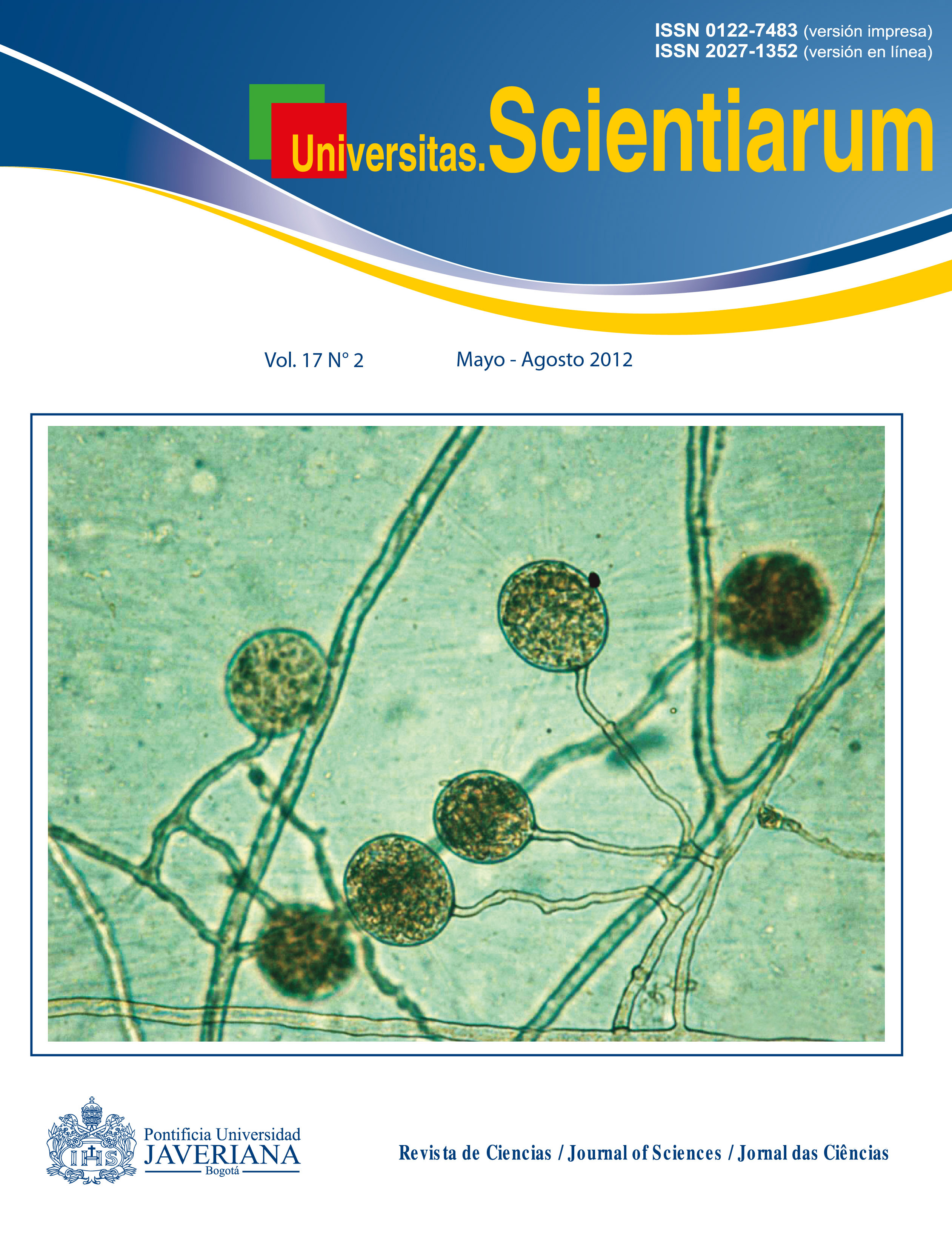Abstract
Objective Build a theoretical molecular model of the tertiary structure of the Homo sapiens 5HT2A receptor from experimentally obtained structures as templates. Materials and methods In the construction of the theoretical model we considered the protocol established by Ballesteros and Weinstein for the construction of the G-protein coupled receptor, by the alignment of the amino acid sequence, hydrophobicity profiles, refinement of loops by spatial restrictions and energy minimization with the force field OPLS_2005. Results The resulting model was validated by the Ramachandran plot with 91.7% of amino acids within the limits set for angles phi and psi and a RMSD of 0.95 Å with respect to bovine rhodopsin. Conclusions We obtained a validated theoretical model useful in studies of ligand-receptor docking.
Key words: G protein receptor, hydrophobicity profile, Ramachandran plot, orthosteric site, molecular modelling.
Univ. Sci. is registered under a Creative Commons Attribution 4.0 International Public License. Thus, this work may be reproduced, distributed, and publicly shared in digital format, as long as the names of the authors and Pontificia Universidad Javeriana are acknowledged. Others are allowed to quote, adapt, transform, auto-archive, republish, and create based on this material, for any purpose (even commercial ones), provided the authorship is duly acknowledged, a link to the original work is provided, and it is specified if changes have been made. Pontificia Universidad Javeriana does not hold the rights of published works and the authors are solely responsible for the contents of their works; they keep the moral, intellectual, privacy, and publicity rights. Approving the intervention of the work (review, copy-editing, translation, layout) and the following outreach, are granted through an use license and not through an assignment of rights. This means the journal and Pontificia Universidad Javeriana cannot be held responsible for any ethical malpractice by the authors. As a consequence of the protection granted by the use license, the journal is not required to publish recantations or modify information already published, unless the errata stems from the editorial management process. Publishing contents in this journal does not generate royalties for contributors.



